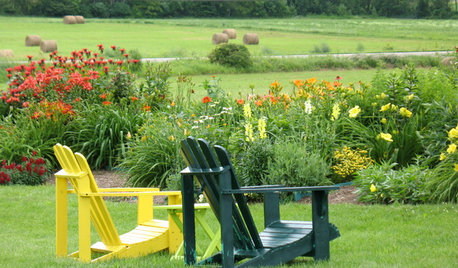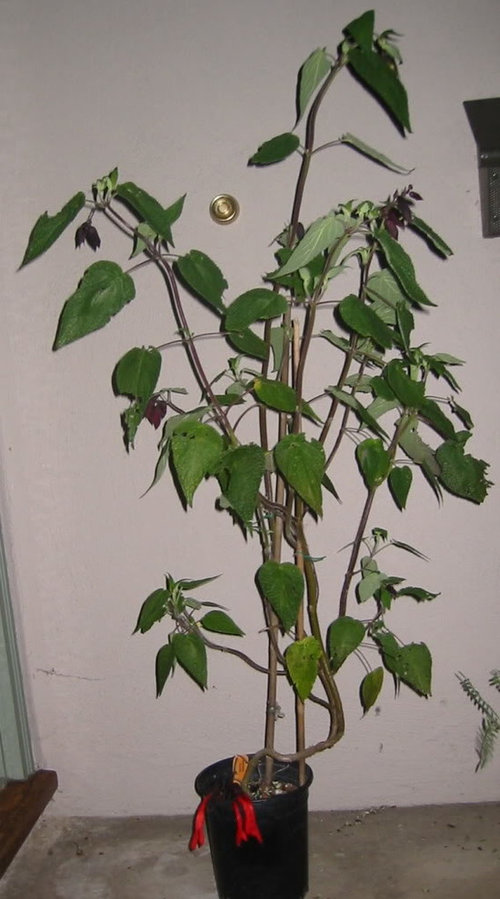Salvia dombeyi--propagation and other questions.
mark4321_gw
14 years ago
Related Stories

GARDENING GUIDES6 Plants That Beat Butterfly Bush for the Wildlife Draw
It's invasive, a nonnative and a poor insect magnet. Check out these better alternatives to butterfly bush in the garden
Full Story
GARDENING GUIDESGarden-Friendly Native Alternatives to Overplanted Exotics
There are lots of gorgeous, wildlife-friendly native plants ready to make an appearance in your garden
Full Story
SAVING WATERHouzz Call: Are You Letting Go of Your Lawn?
Many facing a drought are swapping turf for less thirsty plantings. If you’re one of them, we’d like to hear about it
Full Story
GARDENING GUIDESGreat Garden Combo: 3 Wonderful Plants for a Deer-Resistant Screen
Protect your privacy and keep deer at bay with a planting trio that turns a problem garden area into a highlight
Full Story
NORTHEAST GARDENINGNortheast Gardener's July Checklist
Fire up your garden with sun-loving yellow and red blooms to put you in a party mood for outdoor summer fun
Full StoryMore Discussions








voodoobrew
mark4321_gwOriginal Author
Related Professionals
Simpsonville Landscape Architects & Landscape Designers · Ashland Landscape Architects & Landscape Designers · Norwood Landscape Contractors · Clearlake Landscape Contractors · Fort Wayne Landscape Contractors · Little Ferry Landscape Contractors · Metairie Landscape Contractors · Uxbridge Landscape Contractors · Weymouth Landscape Contractors · Woodbury Landscape Contractors · New Port Richey East Siding & Exteriors · North Bellmore Siding & Exteriors · Orange County Siding & Exteriors · Shoreline Siding & Exteriors · Woodbridge Siding & Exteriorsvoodoobrew
rich_dufresne
mark4321_gwOriginal Author
mark4321_gwOriginal Author
rich_dufresne
mark4321_gwOriginal Author
drusilla
mark4321_gwOriginal Author
voodoobrew
mark4321_gwOriginal Author